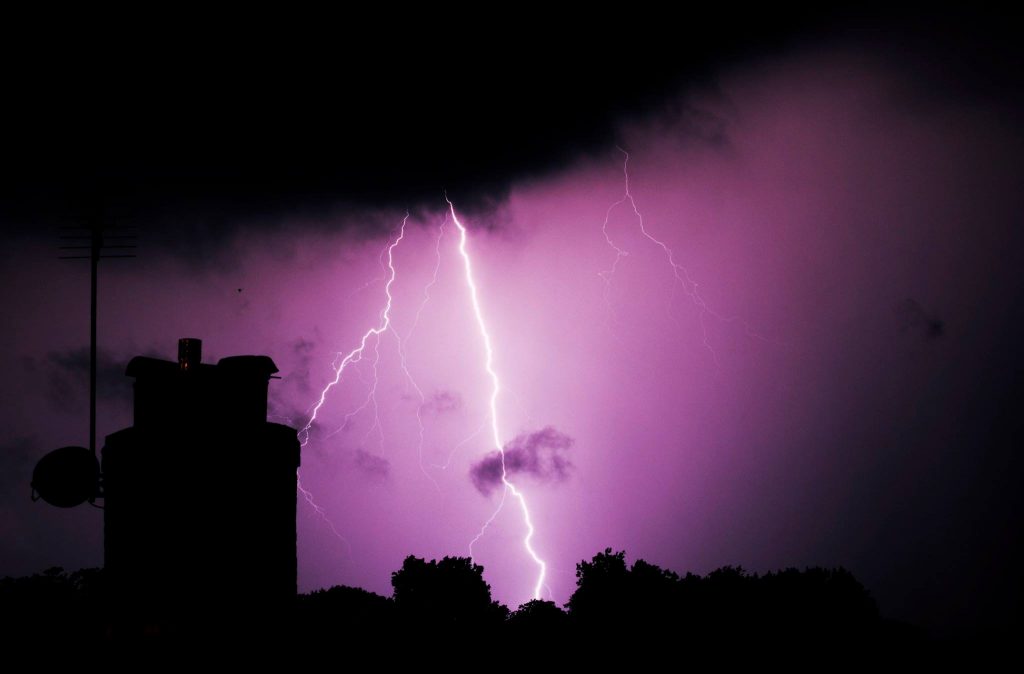I was sat in my house last Thursday night, when this almighty crash literally rocked the place. It was thunder from one of the biggest thunder storms Wimborne had seen in a very long time. I had always wanted to try and photograph lightning, so I thought ‘if there was ever a time to start, this was it!’
I had unfortunately lent my 50mm lens to a friend of mine, so my next shortest lens was a 70-200mm f2.8 Canon II L USM lens. Not as short as I liked but it turned out actually quite useful for this particular excercise.
I set the camera up on a tripod and pointed trhe camera out of an open window, set the ISO to 500 as I wanted a fairly noise free picture and set my F stop to F14. I had never done this sort of photography before and my theory was that I could set an intervalometer on the camera to hold the shutter open for 30 seconds and to repeat this every 1 second. So, it would be; shutter open for 30 seconds, shutter closes for 1 second, then reopens for 30 seconds and repeat ad infinitum. I set the focus to infinity as obviously it was going to be impossible to focus on the lightning as it happened, and with such a small aperture most things in front of the lens should be in some sort of focus given the amount of light generated by a lightning strike.
[showad block=2]
The theory behind this procedure was that during a 30 second exposure, for where i was, and the given light available would result in a very dark frame with little or no features. Obviously if you are going to try this method you may have to experiment with shutter speeds but I would recommend keeping the F stop high and ISO low and adjust the shutter speed accordingly. Once your camera is set up on it’s tripod take a few exposures and try to get as dark a frame as possible with perhaps just a couple of features showing.
Once this is all setup, set an intervalometer up and get your camera snapping away. If you’re lucky you will catch a few lightning shots like the one below

(To give you an idea of how much energy there is in this fork, the electrical resistance (dieletric strength) of air breaks down at 3 MV/m or about 60,000 volts per inch. Assuming that main fork in the picture is 1 km long then the potential difference across it is 2,400,000,000 volts. I reckon that would singe a bit?)
Obviously the darker the surrounding area the more successful the shot as any extraneous light such as lamp posts can make shots like this difficult to take.
[showad block=2]
If you know of any other methods of taking such photos I would certainly be interested in hearing about them. And if you would like to contribute an article please get in touch!
You can see more of lightning photos here
Tom Oswald
CEO
Videscape Limited